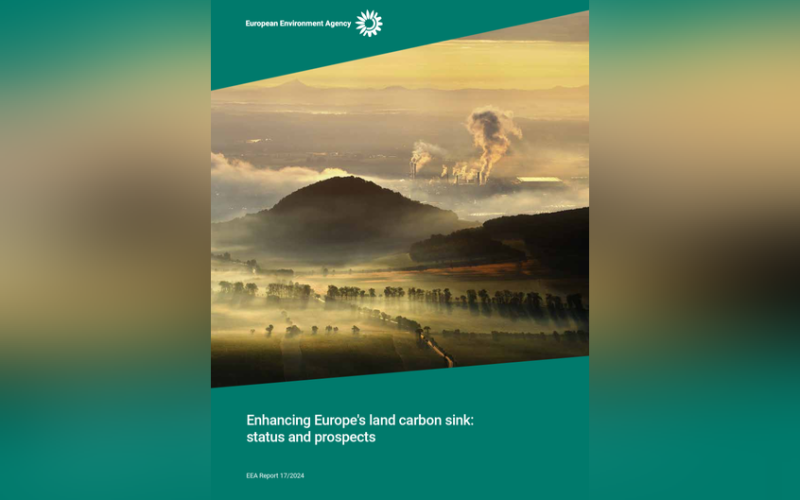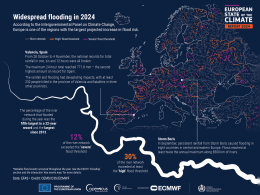Europe’s forests and land are storing less carbon than previously projected, putting the EU’s 2030 climate targets at risk, according to a new report from the European Environment Agency (EEA). The land use, land-use change and forestry (LULUCF) sector currently offsets around 6% of the EU’s greenhouse gas emissions—equivalent to 198 million tonnes of CO₂ in 2023—but its carbon sink capacity is declining.
The EEA’s latest assessment, ‘Enhancing Europe’s Land Carbon Sink: Status and Prospects’, highlights a 30% drop in the average annual carbon sink between 2014 and 2023, compared to the previous decade. The decline is primarily attributed to ageing forests, increased tree harvesting, and the growing impact of climate-related disturbances such as wildfires, droughts, and pest outbreaks.
Despite this weakening trend, the report underscores that the LULUCF sector remains critical to achieving EU climate neutrality by 2050. In 2023, the EU set its first-ever removal target for the land sector, recognising its role in balancing emissions through nature-based solutions.
The report identifies several key strategies to enhance the carbon sink: protecting existing carbon stocks, especially in peatlands; improving forest, cropland and grassland management; restoring degraded land; promoting afforestation and agroforestry; and using biomass in long-lived products such as timber for construction.
These measures not only contribute to emissions reduction but also offer co-benefits, including enhanced biodiversity, soil and water health, and resilience to climate impacts. However, inconsistent policies and insufficient financial incentives remain barriers to widespread adoption.
Data uncertainty also poses a challenge. LULUCF emissions and removals are among the least reliably reported of all sectors, but EU Member States have committed to improving monitoring systems, using evolving technologies and better data collection.
The EEA warns that urgent, coordinated action is needed to reverse the decline in the EU’s carbon sink capacity. Long-term success will depend on the effective integration of mitigation efforts with broader environmental, economic, and social objectives.





















